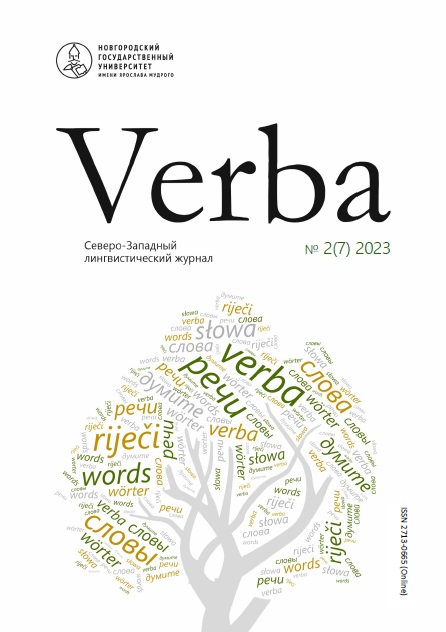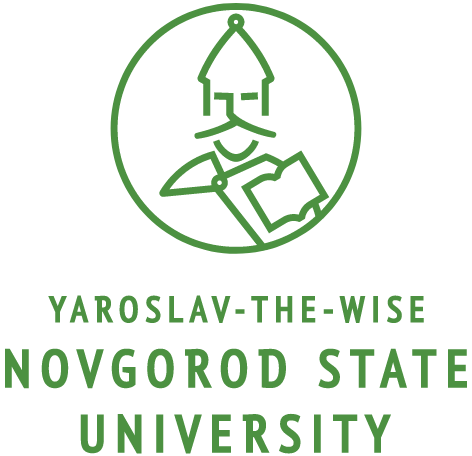Statements with the semantics of controllability
DOI:
https://doi.org/10.34680/VERBA-2023-2(7)-78-88Keywords:
Russian language, sentence semantics, semantic category, accountabilityAbstract
This article fits into the circle of studies of semantic categories. In it, the author considers the semantic type of sentences with the semantics of accountability, which is a subcategory of controllability and is characterized by greater semantic complexity. It is noted that all sentences of this semantic type are polypropositive, regardless of the structure of the sentence. One of the propositions reflects the controlling situation, the other the controlled one. Each control situation includes the following components: subject of control + predicate + object of control. The object of control is the controlled situation with its subject and predicate. The article gives the characteristics of all components of the semantic structure, distinguishes two types of controllability: with external control and self-control. It is fixed that the distinguished two types of accountability react differently to the introduction of negation. Attention is drawn to the fact that a change or loss of at least one of the differential features of the components of the semantic structure takes the sentence beyond the boundaries of this semantic type and allows it to express related semantics on the basis of controllability/uncontrollability. This allows us to speak about the diffuseness of the semantics of controllability/uncontrollability. A set of different syntactic constructions is revealed to express the studied semantics. It is shown that the choice of construction is connected with the intention of the speaker: to present the situation under control as dominant or background. It is noted that typical linguistic markers of the semantics of controllability have been semantically “emptied” in recent years, losing their specific content or being used as euphemisms, which explains their increased (according to the National Corpus of the Russian Language) frequency of use.
Downloads
Downloads
Published
How to Cite
Issue
Section
License
Copyright (c) 2023 Verba

This work is licensed under a Creative Commons Attribution-NonCommercial 4.0 International License.








